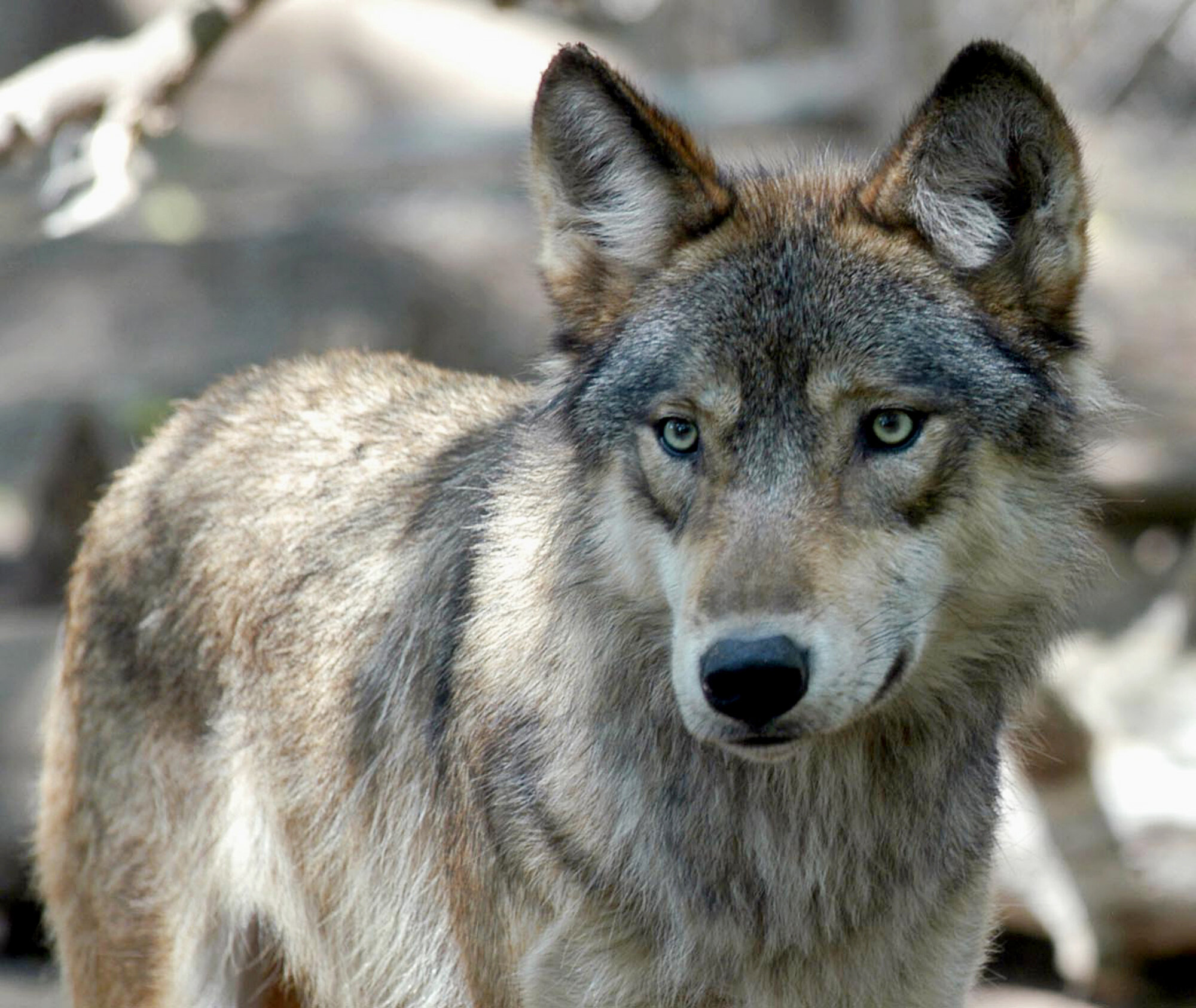#Wisconsin to set fall wolf limit after runaway spring hunt

“#Wisconsin to set fall wolf limit after runaway spring hunt”

Wildlife officials in Wisconsin met Wednesday to consider a 130-animal limit for the state’s fall wolf hunt, saying they want to protect the population after hunters killed almost twice as many wolves as allotted during a rushed spring season.
The state Department of Natural Resources’ policy board took up the proposal in Milwaukee, with the vote certain to be contentious.
Wolves have always been a touchy subject in Wisconsin. The DNR’s latest estimates from the winter of 2019-2020 put the population at around 1,000 animals statewide, nearly three times the department’s goal of 350 wolves.
Farmers and residents across northern Wisconsin contend wolves menace their pets and livestock and hunting is the only way to control them. Conservationists counter that the population is still too small to sustain hunting. The fight grew even more intense after hunters this spring killed 218 wolves in four days, blowing past a 119-animal limit before the DNR could shut the season down. A University of Wisconsin study released last month also estimated another 100 wolves were killed by poachers after the animals lost their endangered species protection.
DNR officials said the 130-animal recommendation for the fall hunt is based on consultations with an advisory committee of local government officials, non-governmental organizations, tribes and conservation groups. The department concluded that the impact of the February hunt is still unclear and a quota of 135-140 animals probably wouldn’t result in a overall population reduction.
Nearly 60 people registered to speak at Wednesday’s meeting. Hunt opponents lamented the chaotic February hunt, complaining that it was held during the breeding season. They urged the DNR to drop further hunting completely. Supporters called for raising the quota, insisting the DNR has grossly underestimated the number of wolves.
“The hatred toward this being is based on myth,” said John Johnson Jr., president of the Lac du Flambeau Band of Lake Superior Chippewa. The Chippewa nations consider the wolf—known as ma’iingan among the tribes—sacred and oppose hunting it. “You’ve had the functional equivalent of two seasons already this year. (But) nothing will dissuade the desire for more blood from our brother. What will be in short supply today is respect. Respect for science, respect for the tribal community, respect for the ma’iingan.”
Adrian Treves, a UW-Madison carnivore researcher who helped put together the poaching study, told the agency in submitted testimony that it would be “reckless” to authorize a November hunt without gathering more data about the full impact of the February season. He warned that a 130-animal quota could push the state’s wolf population to fewer than 350 animals.
Rob Bohmann, former chairman of the Wisconsin Conservation Congress, a group of outdoors lovers who advise the DNR on policy, called for the department to raise the quota to 500 wolves. He said even after the February hunt the wolf population is still far above goal.
Carl Schoettel, president of the Wisconsin Bear Hunters Association, argued in written remarks to the board that it should set the quota at 420 wolves, insisting that the DNR is underestimating the size of the wolf population and harvesting up to 30% of the population will result in no reduction.
“We ask you, members of the Natural Resources Board, to listen to science, to listen to the people of northern Wisconsin, to listen to the elected county officials of the region, to listen to Wisconsin’s farmers, and to listen to the Wisconsin sportsmen and women who actually encounter and deal with wolves in pursuit of their sporting heritage,” Schoettel wrote.
Wisconsin law requires the DNR to hold a wolf hunt every year between November and February. The state held three seasons before a federal judge restored them to the endangered species list in late 2014, halting the practice. The Trump administration removed wolves from the list in January 2021, forcing the DNR to reinstate a hunt.
The DNR was planning a November season but Hunter Nation won a court order in mid-February forcing the department to hold a season that month. The group argued that President Joe Biden’s administration might put wolves back on the endangered species list before fall, robbing hunters of the chance to go after the animals.
After the DNR scrambled to put the season together, hunters took to the woods, most using dogs to track the wolves and aided by fresh snow that made tracking easier. A state law requiring 24 hours notice before the season was closed, along with the issuance of twice as many permits as usual, contributed to blowing past the quota.
“We had to have a rushed, ill-advised hunt literally in a matter of days and the results speak for themselves,” DNR Deputy Secretary Todd Ambs told the board Wednesday.
A 30% reduction in Wisconsin’s wolf population
© 2021 The Associated Press. All rights reserved. This material may not be published, broadcast, rewritten or redistributed without permission.
Citation:
Wisconsin to set fall wolf limit after runaway spring hunt (2021, August 11)
retrieved 11 August 2021
from https://phys.org/news/2021-08-wisconsin-fall-wolf-limit-runaway.html
This document is subject to copyright. Apart from any fair dealing for the purpose of private study or research, no
part may be reproduced without the written permission. The content is provided for information purposes only.
If you liked the article, do not forget to share it with your friends. Follow us on Google News too, click on the star and choose us from your favorites.
For forums sites go to Forum.BuradaBiliyorum.Com
If you want to read more Like this articles, you can visit our Science category.



